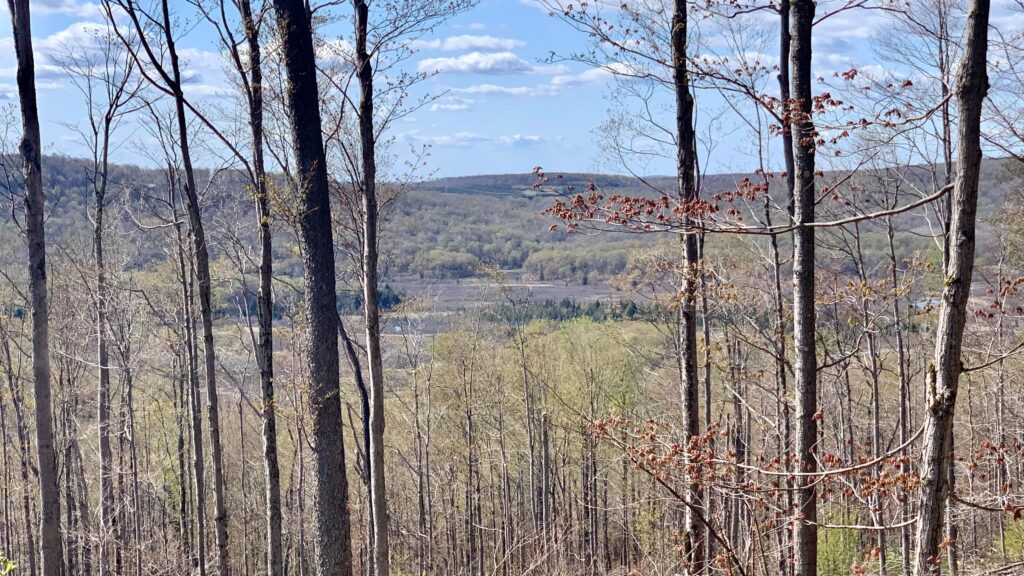International conservation organization The Nature Conservancy has acquired close to 2,000 acres bordering the Canaan Valley National Wildlife Refuge for protection.
Known as “Big Cove,” The Nature Conservancy West Virginia State Director Thomas Minney said the land will improve the region’s recreation by opening up new land to the public, but also by protecting its natural beauty.
“While The Nature Conservancy holds it, it’s going to be open to passive recreation. Hiking, hunting, those sorts of traditional uses that have been on the property are going to still be there and available to the public,” he said. “There’s a lot of work that’s going on in the Davis to Thomas area to look at how you create a recreational friendly and highly important place that people enjoy visiting. We hope that this comes in tandem with conserving really, really important biodiversity areas as a huge complement to those other plans.”
The Nature Conservancy is exploring how to work with the local stakeholders to improve trail access areas.
“Connecting areas such as going from A Frame Road, down Brown Mountain and into the northern ends of the current wildlife refuge,” Minney said. “We continue to think and invest.”
Big Cove sits in the northern end and is the crown of Canaan Valley, a biodiversity rich and climate resilient landscape. It expands habitat from the Canaan Valley National Wildlife Refuge that features many rare species that occupy the forest, stream and wetland habitats in this area.
“What makes Canaan Valley and the highlands of West Virginia really interesting is what elevation does for us. When you’re looking from 3,000, to over 4,000 feet, it is creating an environment that’s more like Canada,” Minney said. “In the valley itself, something that’s really interesting is the circumneutral wetland, which means it’s on limestone. And where you have an occurrence of wetland on limestone like that it has a lot of rare plants that are associated with it. It’s one of the most vital areas for biodiversity here in the Appalachians.”
Minney said that as local climates continue to change, the Canaan Valley’s unique elevation and moisture forms a “landscape highway” where migration of unique species can occur and ensure the Appalachians remain connected north to south.
He also said the Canaan Valley National Wildlife Refuge and the newly acquired Big Cove are central to the region’s drinking water supply.
The U.S. Forest Service’s Forests to Faucets analysis identifies the landscape as in the second highest of 10 categories for national surface drinking water importance.




















